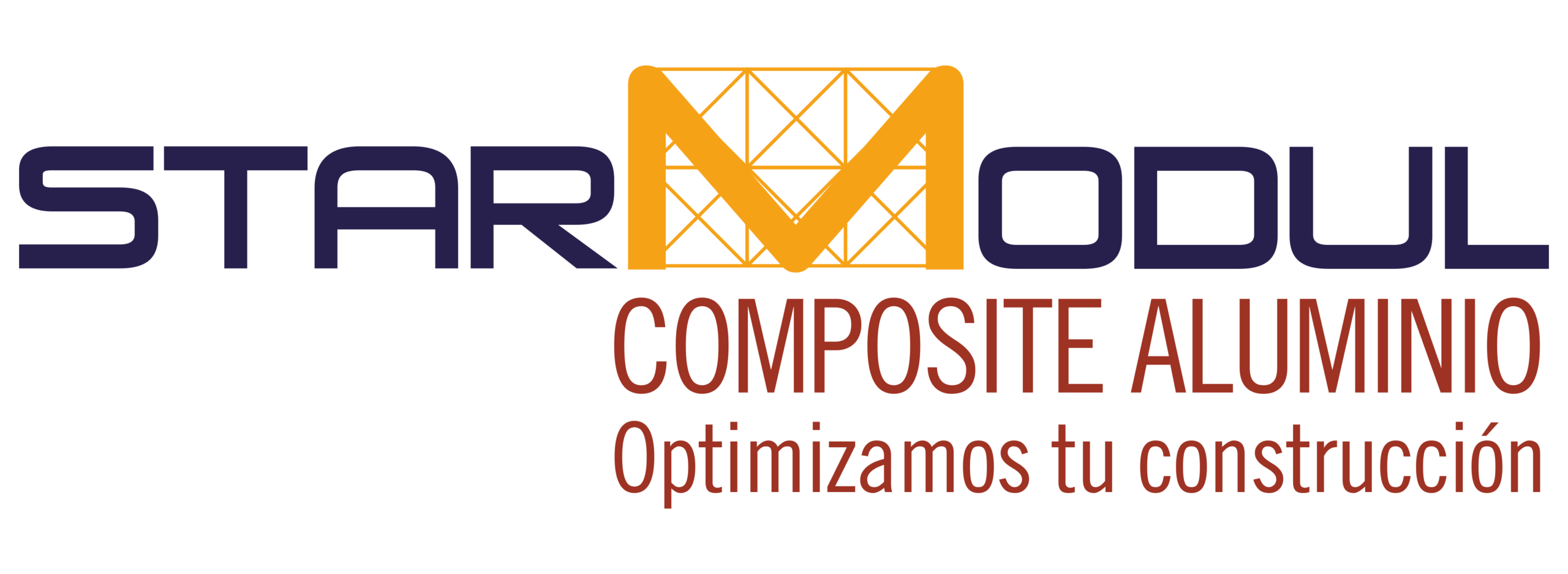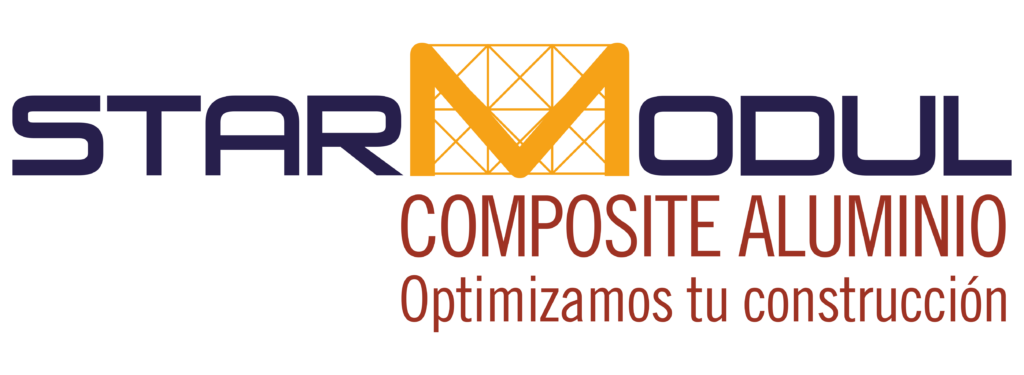Aluminum composite passive houses are energy-efficient buildings that consume very little energy. This architectural style minimizes energy loss through multiple strategies such as air tightness, thermal breaks and insulation. Many passive houses have a unique aesthetic that is generally achieved through the use of carefully selected, function-specific building materials.
One of the best materials for passive house architecture is aluminum composite, also known as Aluminum Composite. Due to its exceptional properties, such as thermal insulation and air tightness, aluminum composite is a popular choice for the construction of passive house facades. In this article, we analyze in detail the aluminum composite and the reasons why it is the best material for passive house facades.
What is Aluminum Composite?
Aluminum Composite Composite is a lightweight, durable composite material consisting of two thin layers of aluminum on each side and an inner core that is normally made of a non-toxic, non-combustible, non-hazardous material such as polyethylene. The aluminum layers are usually 0.3 to 0.5 mm thick and can be painted in almost any color to achieve the desired aesthetic effect. Aluminum composite is used in various architectural applications, such as cladding, roofing, decorative elements and passive house facades. It offers excellent thermal properties, for example, its thermal conductivity is less than 1 W/m*K, the overall heat transfer coefficient (U-value) is 1.8 W/(m2*K) and the infiltration resistance (AI) is 25 L/m2/s.i
Reasons to use aluminum composite in passive house facades
There are several reasons why aluminum composite is considered the best choice for passive house facades.
- Low weight: Aluminum composite is a lightweight material, making it easy to transport and install. This is particularly important for passive house construction, where the goal is to minimize energy use so the energy required to build must also be minimized.
- Thermal insulation: Aluminum composite offers excellent insulating properties due to its low thermal conductivity and high thermal resistance. This means it can help keep the passive house consistently cool in summer and warm in winter.
- Air tightness: Aluminum composite is also very resistant to air infiltration, which is an essential feature for passive houses. It is designed to minimize the amount of air leakage through the building envelope.
- Durability: Aluminum composite has a long service life because it is resistant to corrosion, UV rays and salt air, all of which can quickly degrade other materials.
- Versatility: Aluminum composite can be easily cut, bent and shaped to suit almost any architectural style. It can also be painted in almost any color, which makes it possible to achieve the desired aesthetic effect.
Aluminum composite is the best material for passive house facades. It offers exceptional thermal and insulating properties, as well as low weight, air tightness, durability and versatility. It has been used in many residential and commercial passive house projects around the world, offering aesthetic quality in addition to energy conservation measures. Whether used for insulation or decoration, aluminum composite is a great choice for passive house architects.

